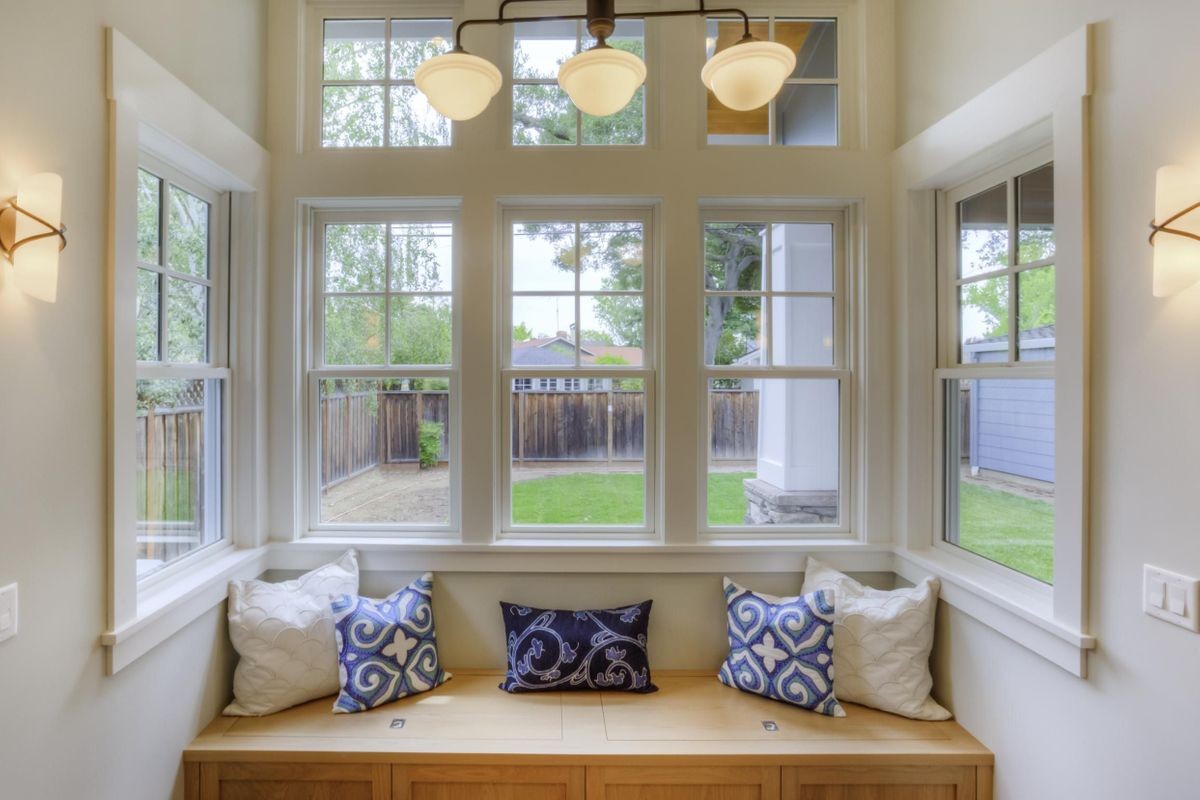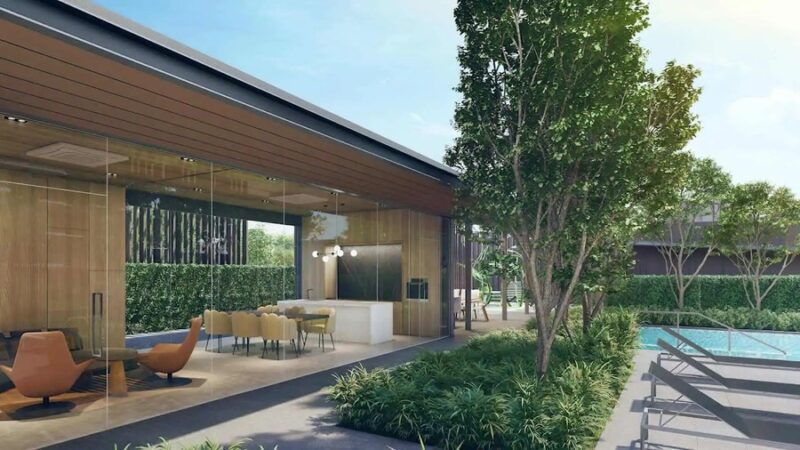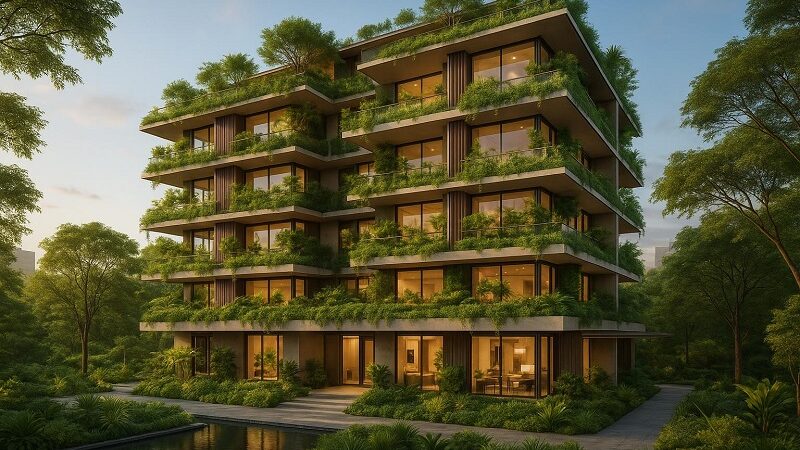The Fascinating World of Windows: A Portal to Light, Air, and Design

Windows are an essential part of every building, playing a crucial role in functionality, aesthetics, and comfort. From historical castles to modern skyscrapers, windows serve as a bridge between the interior and exterior worlds, offering ventilation, natural light, and breathtaking views. Over the centuries, window designs have evolved dramatically, adapting to cultural, climatic, and technological advancements.
A Brief History of Windows
The origin of windows dates back to ancient civilizations. In early human settlements, small openings in walls were used to allow sunlight and fresh air into enclosed spaces. The Romans were among the first to experiment with glass, developing crude versions of window panes as early as the first century AD. The Middle Ages saw the rise of stained glass windows in Gothic cathedrals, transforming windows into artistic expressions.
During the Renaissance, window designs became more sophisticated. Innovations such as casement windows and sliding sash windows emerged, providing better control over airflow and light. By the 19th century, industrial advancements led to the production of large glass panes, revolutionizing architecture and interior spaces.
The Importance of Windows in Modern Architecture
Today, windows are not just openings in walls; they are integral components of design and energy efficiency. They contribute to the aesthetics of a structure, allowing architects to blend form and function seamlessly. Large floor-to-ceiling windows are a hallmark of contemporary buildings, creating a sense of openness and merging indoor and outdoor spaces.
Additionally, modern windows are designed to be energy-efficient. Double-glazed and triple-glazed windows provide insulation, reducing heat loss during winter and keeping interiors cool in summer. Smart windows, equipped with electrochromic technology, can adjust their transparency to control the amount of sunlight entering a room, improving energy efficiency and comfort.
Types of Windows
Windows come in various shapes and styles, each serving a specific purpose. Some of the most common types include:
- Casement Windows– Hinged at the sides, they swing outward for maximum ventilation.
- Sliding Windows– Operate by sliding horizontally, saving space while providing a clear view.
- Bay and Bow Windows– Extend outward, adding space and enhancing natural light.
- Awning Windows– Hinged at the top, these windows provide ventilation even during rain.
- Skylights– Installed in the roof, allowing light to flood interior spaces from above.
Choosing the Right Window for Your Home
Selecting the right window depends on multiple factors such as climate, security, privacy, and design preferences. For homes in colder regions, insulated glass units with low-emissivity coatings can help reduce heat loss. In warmer climates, tinted or reflective glass can prevent excessive heat buildup. Soundproof windows are ideal for urban dwellers, providing a peaceful indoor environment by blocking external noise.
Windows and Cultural Significance
Windows have held deep cultural and symbolic significance throughout history. In many traditions, they represent opportunity, freedom, and enlightenment. In literature and art, windows often symbolize a transition or a glimpse into another world. In Feng Shui, proper window placement is believed to enhance energy flow, promoting harmony and well-being.
Innovations in Window Technology
With technological advancements, the future of windows looks promising. Self-cleaning windows, which use a special coating to break down dirt, are becoming popular in modern homes. Smart windows that respond to voice commands or adjust opacity with the push of a button are redefining convenience and energy efficiency.
In countries like Germany, where energy efficiency is a priority, fenster (the German word for window) are designed with state-of-the-art insulation technology. German-engineered windows are known for their durability, airtight seals, and high-performance glazing, making them a preferred choice in sustainable architecture worldwide.
Maintaining Windows for Longevity
Proper maintenance ensures that windows remain functional and aesthetically pleasing for years. Regular cleaning prevents dirt buildup, while inspecting seals and frames can help identify potential issues before they escalate. Lubricating hinges and tracks ensures smooth operation, while repainting wooden frames can protect them from weather damage.
Conclusion
Windows are more than just architectural elements; they are vital for comfort, energy efficiency, and design aesthetics. From ancient openings to cutting-edge smart glass, the evolution of windows reflects human innovation and adaptability. Whether you’re choosing windows for a new home or upgrading existing ones, understanding the different types, technologies, and cultural influences can help you make the best decision. As window designs continue to evolve, they will undoubtedly remain a crucial aspect of modern living, blending style with functionality to create inviting and sustainable spaces.







